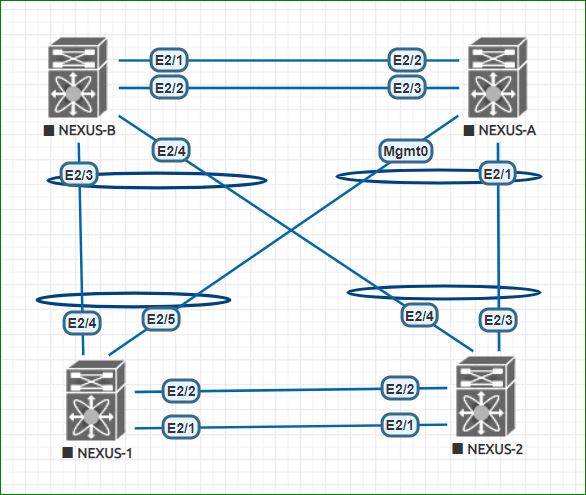Spanning-tree BPDUs are a one way process. Means, a switch can only send the BPDUs for announce itself. But it can’t expect the response of these BPDUs. We can change this behavior by using the Spanning-Tree Bridge Assurance. bridge assurance enables the two-way BPDU communication.
All operational ports will send the BPDUs , including the ports which are in alternate or backup state. So unidirectional or malfunctioning can be detect easily. If return BPDU is receiving then spanning-tree will move the port into BA-inconsistent state. in this state data traffic can’t be send or receive on that port.
By default, Bridge assurance is enable on peer-link. but we can also enable it on other ports.
We should disable the Spanning-Tree Bridge Assurance , If port is connected to end user device.
But we should not disable it in below cases.
- Bridge assurance should not be disable on peer-link.
- We are using back-to-back VPC then we should not disable bridge assurance,
- If ports are connect to other switches then bridge assurance should not be disable on those ports.
If we are using bridege assurance then no need of UDLD
N1# conf t
N1(config)# interface port-channel 15
spanning-tree bridge-assuranceBelow is the topology of back to back VPC:

Thanks For Reading ………………………
We will recommend you to read below posts :